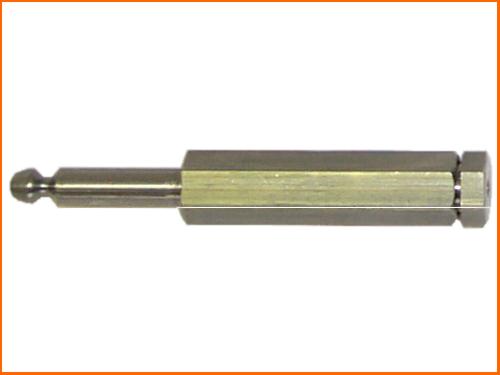Aviation grounding
Aircraft jet fuel is incredibly flammable, and the process of transferring fuel to the aircraft creates significant static electricity. Thus, it's mandatory to static bond (at least. See our argument to bond AND ground here) aircraft during refueling to reduce the risk of static discharge, as per the OSHA and NFPA regulations.
A scene from a popular oil drilling reality show depicting a deadman reel and monitoring system (red reel, blue box) being used with an aircraft refueling station.
Like our other tutorials on static bonding and grounding, there is more than one way to safely bond a refueling aircraft. The most popular way is to attach a static grounding reel with an ALS10A aviation clamp to the aircraft refueling truck and then reel it out and attach it to the aircraft landing strut before refueling commences.
Other popular ways include using aviation plugs that attach into designated receptacles on the aircraft so that clamps are not used at all. This is particularly common on military aircraft where there is a desire not to clamp on any part of the expensive aircraft shell for fear of damaging it.
Static monitoring is used quite extensively with aviation refueling as well, with deadman systems allowing the operator to stop transfer of fuel instantly if something goes wrong by just releasing the deadman clamp. The picture on the left shows this being done on a remote airport up in the arctic.
Aviation static grounding is not significantly different than any other form of static grounding, other than the requirements to be very careful not to damage the aircraft during the static grounding process.



